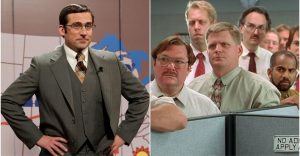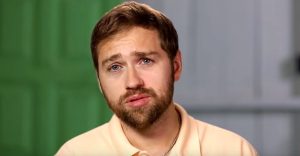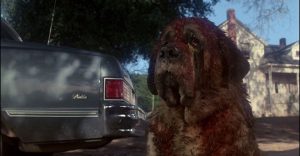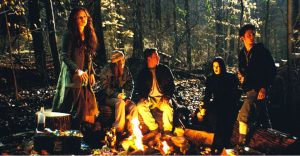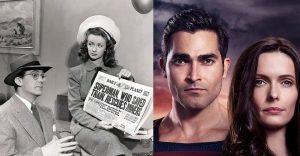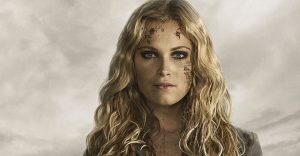Godfather Part III New Ending Explained: What The Changes Mean
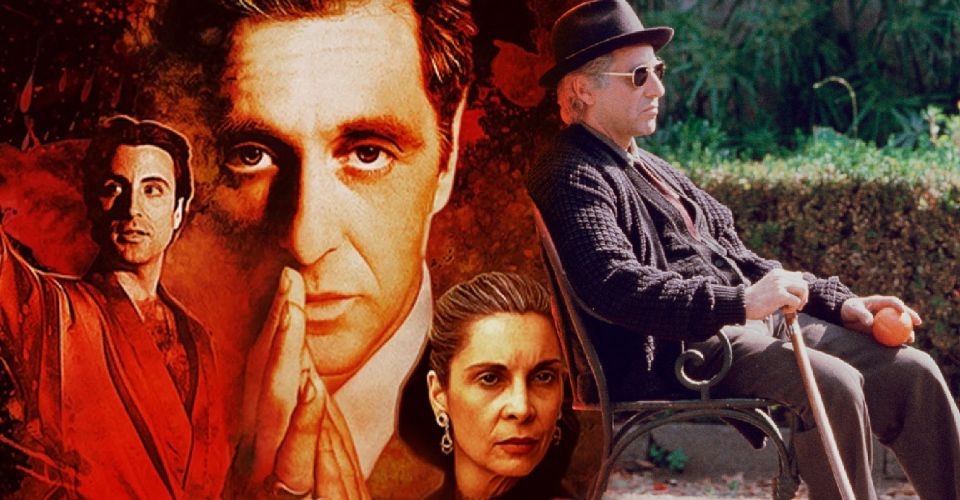
Francis Ford Coppola’s newly-released cut of The Godfather Part III, namely The Godfather, Coda: The Death of Michael Corleone has introduced a new tonal shift to the trilogy as a whole. While the Coda Cut still retains most of the original film’s overarching narrative, it does grant greater clarity in terms of Michael’s redemption arc and the central plot concerning the Vatican bank and the Immobiliare conglomerate.
The Godfather Part III has been criticized due to its incoherent structure, which was rife with the re-introduction of certain characters and the rehashing of key plot points of its cinematic predecessors. However, on closer inspection, and viewing the reconstructed cut with fresh eyes, it becomes clear that The Godfather Coda is a fitting epilogue to the saga, imbued with significant details of the Corleone family history and the fate of Michael Corleone, which has parallels to Shakespeare’s King Lear.
The Godfather Coda streamlines the narrative in a more frenetic manner and amplifies the aura of tragedy that shrouds the end of the film. Michael’s regrets, along with his desire for redemption, are more palpable than ever, along with the dangers that the family has to constantly flirt with. Although the third installment still does not manage to match up to the sublime nature of its predecessors, it does work well as a summation to a rousing saga spanning decades. Here’s a deep dive into the new ending, and what the changes mean for the film as a whole.
The New Ending: The Cyclical Nature of Grief and Guilt In The Corleone Family

The Godfather Coda manages to highlight the dual fabric of grief and guilt that runs through the Corleone family, emotionally crippling the ones at the heart of it. The ending of The Godfather is a good starting point for tracing back the beginning of the end, as it features the iconic baptism scene juxtaposed with kinetically-shot assassinations. This marks the inception of a new regime for Michael (Al Pacino), who takes over the role of Don Vito Corleone (Marlon Brando) and solidifies the new-found position of strength of the family, exerting it effectively over the other crime bosses. These efforts come to fruition in The Godfather Part II, albeit at an extreme price – Michael’s long string of necessary evils culminate in a hit on his own brother Fredo, which would proceed to haunt him until the very end.
The new ending of The Godfather Coda denies Michael the sweet escape of death, as it removes the original ending in which he dies unceremoniously, alone at Lake Tahoe. Instead, The Godfather Coda ends with an anguished and utterly shattered Michael, cradling the limp body of Mary (Sofia Coppola), his silent screams piercing the air like that of King Lear on finding a dead Cordelia. Over the years, Michael has had to alienate himself from those dearest to him, including his wife, Kay (Diane Keaton), in order to legitimize the business and safeguard the family. However, in the end, his sins catch up to him, as one last, brutal act of violence takes away what he holds dearest.
The New Ending: The Elusive Nature of Redemption and Forgiveness for Michael Corleone

At the end of The Godfather Coda, redemption eludes Michael, as he is rendered spiritually dead after the loss of Mary, who can be viewed as someone untouched by guile or sin. In an almost cruel manner, Mary ultimately pays with her life for the sins of her father, thereby extinguishing all hope for Michael to achieve expiation in this lifetime. The new cut of The Godfather Part III ends by wishing him Cent’anni, which roughly translates a hundred years, which won’t nearly be enough for Michael to atone, as atonement is now beyond him. “A Sicilian never forgets”, the audience is reminded, which only serves to highlight how the guilt of not one, but many deaths – Mary, Fredo, Apollonia – haunt Michael, who has now become a shell of the man he once was. The Godfather Coda also reveals that Michael’s quest for legitimacy is an illusion, as those in power always resort to violence, and their acquired legitimacy is simply a product of crooked power play. Having lost everything by the end, Michael is an intensely lonely soul, with no one to turn to, with no hope, no respite.
The New Ending: Vincent Mancini And The Inevitable Fall of The Corleone Family

According to Coppola and author Mario Puzo, the duo envisioned another arc for Vincent Mancini (Andy Garcia), the successor to Michael, which could potentially function as source material for The Godfather IV, as per Paramount’s admittance that the sequel could be a possibility. If that were to happen, the new ending positions Vincent in the same space of grief, guilt, and anguish as Michael, owing to the fact that he too, is haunted by the death of Mary, the girl he loved. Coppola envisioned Vincent’s reign as deviating from the family’s morals, as he would enter the drug trade, essentially driving the Corleone clan back into corruption, rending the cycle of destruction complete.
Vincent’s potential rise as a new power, and eventual fall, indicate that he too will be touched by the quintessential Corleone curse, which is the curse of harboring a guilt so profound, so heavy, that it destroys the ones associated with it. With this in mind, the ending of The Godfather Coda: The Death of Michael Corleone is a fitting one, encompassing the immense emotional and moral depth of a saga that is intrinsically unforgettable.
The Godfather, Coda: The Death of Michael Corleone is out now on Blu-ray and Digital.
About The Author











